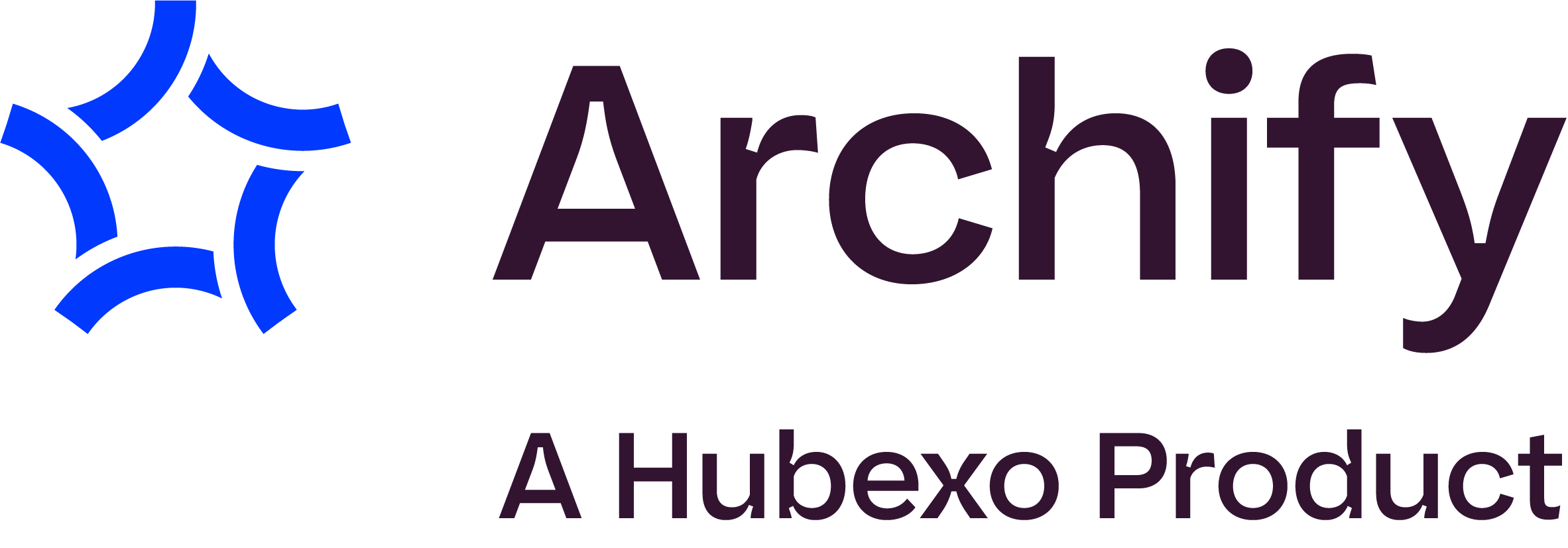Brand awareness is crucial in the built environment, where architects, designers, builders and developers are constantly evaluating suppliers for their projects. In a market flooded with options, a strong brand presence ensures that your products are not just seen but specified, trusted and repeatedly chosen.
For product suppliers, recognition isn’t just about having your logo out there—it’s about proving your credibility, compliance, and performance. Designers and specifiers need to trust that your materials meet industry standards, hold up over time and support sustainability goals. That’s why building brand authority through case studies, certifications, real-world projects, and expert insights is key.
More than just visibility, effective brand awareness means reaching the right audience at the right time. Whether through CPD (Continuing Professional Development) presentations, networking at industry events, or leveraging digital platforms like Archify, positioning your brand directly in front of decision-makers is key to staying top-of-mind when specifications and procurement decisions are made.
In this article, we’ll explore the fundamentals of brand awareness, how to measure its impact, and how innovative platforms can help elevate your brand in a competitive market.
What is brand awareness?
Brand awareness is the foundation of a successful business, setting you apart from competitors while fostering customer loyalty and expanding your reach through social media, industry events, partnerships, and word-of-mouth.
For product suppliers in the built environment, brand visibility is especially critical in influencing specifiers, architects, builders, and developers. A well-recognised brand not only ensures your products are considered for projects but also reinforces trust in their quality, compliance and sustainability credentials.
A strong brand presence keeps your business top-of-mind when decision-makers are shortlisting materials, fixtures, and technologies. By maintaining visibility through project showcases, certifications, CPD programs, and digital marketing, you can influence choices well before procurement begins. Trusted brands also benefit from repeat specifications and long-term relationships with key industry players, ultimately driving sustained growth and market leadership.
Why does brand awareness matter?
So why does brand awareness matter? It plays a key role in building trust and credibility for your brand, which in turn directly influences the customer’s decisions.
Weak brand awareness can push your business to the bottom of the list when customers seek a brand they can trust.
On the other hand, strong brand awareness makes your company a top choice for customers, increasing the likelihood of repeat purchases and further recommendations. Ultimately, brand awareness gives you a competitive edge, ensuring that your company stands out in the market.
Putting brand awareness into practice
Standing out in the built environment industry requires more than short-term sales activations—it demands a strategic combination of brand awareness and lead generation. Design professionals need to recognise and trust your brand long before they specify your products.
The most effective approach focuses on gradual trust-building by engaging potential customers across multiple platforms. Follow this 8-step model to grow your brand awareness and position your business as the go-to supplier in your sector:

1. Define your brand identity
Ensure your messaging, visual identity and positioning stand out. Strong and consistent branding—across product catalogues, technical documentation and marketing materials—reinforces credibility. Use platforms like Archify to showcase your products directly to design professionals, providing them with technical details, case studies and project applications.
2. Build a high-performing website & optimise SEO
Your website is your digital showroom—it should be visually engaging, technically informative and easy to navigate. Optimise for SEO by:
- Providing technical content such as detailed product specifications, CAD files and BIM objects
- Conducting keyword research to align with how specifiers search for solutions
- Strengthening internal linking to case studies, compliance documents and installation guides
- Ensuring a mobile-friendly design, as most professionals browse on the go
- Gaining industry backlinks from credible platforms like Archify and associated websites
3. Create and share high-quality content
Become a trusted source of industry knowledge by publishing:
- Project case studies showcasing real-world applications of your products
- Technical guides explaining compliance, sustainability and best practices
- Video demonstrations highlighting installation, durability and performance
- Industry trend insights to position your brand as a thought leader
- Social content with strategic hashtags to increase discoverability
4. Be active and strategic on social media
Social media isn’t just about visibility—it’s about engagement. Focus on:
- Targeted LinkedIn posts to connect with decision-makers
- Instagram and Pinterest visuals to inspire architects and designers
- YouTube product walkthroughs for specifiers and contractors
- Posting consistently (two to three times per week), analysing performance and adjusting your strategy
5. Leverage the PESO Model
A well-rounded approach ensures maximum reach and credibility:
- Paid media: Targeted digital ads on Google, LinkedIn and trade publications
- Earned media: PR features, product reviews and industry awards
- Shared media: Engaging content on social media and platforms like Archify
- Owned media: Your website, blogs, brochures and specification guides
6. Engage with your community
Brand awareness extends beyond digital marketing. Strengthen trust and relationships through:
- Industry events and trade shows—exhibit at key expos like Archify Live
- CPD presentations—educate specifiers on your product benefits
- Networking and sponsorships—collaborate with architects, builders and developers at industry gatherings
- Digital communications and virtual events—feature in EDMs, host webinars and promote your expertise through Archify’s network
7. Partner with industry leaders
Aligning with established industry platforms helps you reach decision-makers faster:
- Collaborate with professional associations like the Australian Institute of Architects and Green Building Council of Australia
- Secure testimonials and endorsements from respected industry figures
8. Track and optimise your analytics
Measuring brand awareness is just as important as building it. Use:
- Google Analytics to track website visits, downloads and referral sources
- Social media insights to identify engagement trends and refine strategies
- Lead tracking tools to monitor inquiries and specifications
- Surveys and feedback from architects and developers to understand brand perception

How to supercharge your brand strategies for instant impact
For product suppliers in the built environment, leveraging targeted platforms like Archify, engaging with key industry players and maintaining a strong digital presence can position your brand exactly where it matters most.
Building brand awareness requires a strategic and consistent approach. To establish long-term visibility and trust you need to ensure your brand is present across multiple platforms. Be active on socials to reach a broad audience, keep your website updated and implement SEO strategies for maximum exposure.
Partnering with Archify can help leverage your brand awareness by connecting you with design professionals. Contact us today!




